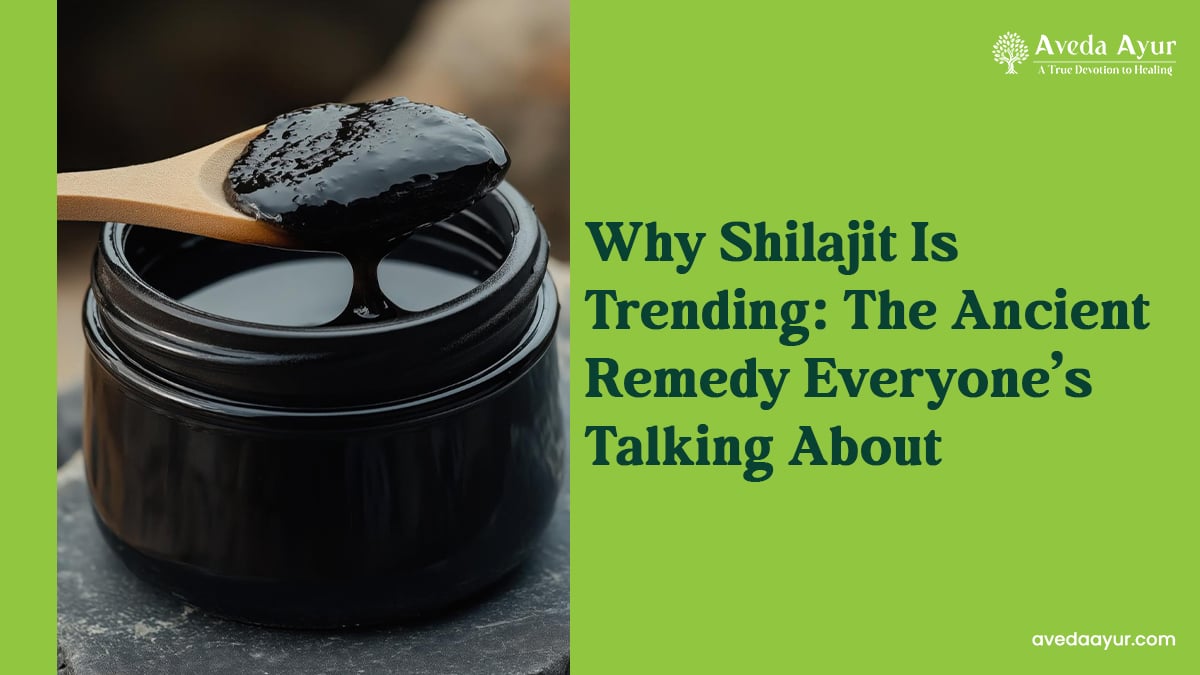Benefits of Agnimantha, Overview, Medicinal Uses, Dosage, and Side Effects
Agnimantha shows various medicinal properties and has been used by our Acharyas to treat various diseases. It is mentioned under dashmoola dravyas (a group of ten roots). This category of dashamoola has two subcategories ie., Brihat and Laghu Panchmoola, which it is considered under Brihat Panchamool.
Agnimantha is made from two words- Agni and Mantha in which Agni means fire and Mantha means churning. In ancient times, the wood pieces of this plant were used to generate fire when rubbed with each other.
Latin Name: Clerodendrum phlomidis
Family: Verbenaceae
Agnimantha Names in different languages:
- Hindi Name: Agathu, Tekar, Ganiyari
- Gujarati Name: Airanamula, Arani, Aranel
- Tamil Name: Munnay, Taludalai, Talanaju, Munnai
- Oriya Name: Ganiary
- Marathi Name: Airana, Eran, Chamari, Takali, Takalu, Eirani
- Kannada Name: Taggi, Arani, Taggiberu
- Telugu Name: Gabbunelli, Nelli, Gabbunulli
- Bengali Name: Ganiyari, Ganibhari, Ganira
- Malayalam Name: Munnai, Munja
- French Name: Arbe a la migraine
Agnimantha Synonyms according to the Sanskrit language:
- Agnimantha- Its sticks are used in producing fire by rubbing them together
- Ganikarika- Its inflorescence is projecting like a banner and grows with other plants
- Sreeparni- Its leaves are very beautiful
- Tarakari- Its gunadhikya brings a good opinion along with the people
- Nadeyi or Nadeeja- Grows on the river banks
- Patragandhi- Because of its smell
- Jaya- Treats various disorders like Pandu, shotha, etc

This shloka means that synonyms of agnimantha are agnimantha, jaya, shriparni, ganikarnika, jaya, jayanti, tarkari, nadeyi, vaijyantika. It treats inflammation, has hot potency, alleviates kapha vata dosha and treats anemia, has katu (pungent), tikta (bitter), kashaya (astringent) and madhura (sweet) taste and increases digestive fire.
(Reference: Bhavaprakash Nighantu Page no. 268 and Sholka no. 23-24)
Categorization according to classical books:
- Acharya Charaka- Anuvasanopaya: Group of herbs used un oil basti ie., Enema; Shothahara- Group of herbs that shows anti-inflammatory properties; Sheetaprashamana- Group of herbs that help to relieve cold
- Acharya Sushruta- Varunadi, Vatasanshamana, Viratarvadi
- Acharya Vagbhatta- Varunadi, Viratarvadi
Main chemical constituents:
Apigenin, Clerosterol, Pectolinarigenin, Hispidulin, Cerolic acid, raffinose, Clerodin, Ganiarine, etc.
Morphological features:
Agnimantha is a flowering small tree or shrub which grows up to 9 meters in height. Its bark is yellow colored and the root has an aromatic smell with brown color. It is native to India and Sri Lanka and grows with other plants in a group.
Leaves are opposite, simple, ovate, and irregular toothed shape. Flowers are small and white-colored with an unpleasant smell. Fruits are round in shape like peanut size about 5mm in width.
These are arranged in clusters and when ripens the color of the seeds turns blackish from green. Its cultivation can be done through stem cutting and seed.
Medicinal properties of Agnimantha
- Rasa (Taste)- Madhu (Sweet), Katu (Paungent), Tikta (Bitter) and Kashaya (Astringent)
- Guna (Quality)- Rooksha (Dry) and Laghu (Lightness)
- Veerya (Potency)- Hot
- Vipaka (Undergoes pungent taste after digestion)- Katu
- Effect on tridosha- Balances vata and kapha dosha
Medicinal uses of Agnimantha
- Agnimandya- It is useful in low digestive strength
- Agnida- Helps to improve digestive strength
- Ama- Helps to improve digestion and metabolism
- Arsha- Treats hemorrhoids (piles)
- Adhmana- Helpful in abdominal bloating
- Pandujit- Treats anemia
- Shopha, shavayathu- Treats inflammation as well as swelling
- Vibandha- Treats constipation
- Kasawashara- Useful in cold and cough
- Madhumehara- Useful in treating diabetes mellitus
- Mutravikara- Helps in treating urinary tract infection
- Balya- Helps to improve strength and immunity after fever
- Other uses in- Chyluria, couth, asthma, rheumatoid arthritis, scarlet fever, dyslipidemia, smallpox, erysipelas, etc.
Therapeutic uses of Agnimantha
Agnimantha is very helpful in musculoskeletal and neurological diseases related to the heart, blood, skin, lungs, etc. As an effective and natural protective agent, it protects skin, heart, liver, and various other connective tissues.
Urticaria: Roots of Agnimantha are useful in the treatment of urticarial because it shows antipruritic, anti-allergic properties that help to reduce itching, prickling pain, hives, and other symptoms related to urticarial. This herb has the property of a detoxifier that detoxifies the blood and eliminates harmful chemicals from the body.
Neuralgia: Herbs of dashmool help to treat neuralgia but the decoction prepared with roots of agnimantha shows tremendous results. It also shows good results in neuralgia by improving blood supply to the brain and providing a soothing effect to the affected nerves.
Loss of appetite: Roots of agnimatha show both digestive and appetizer properties by increases digestive fire and aids in proper digestion of food. This herb has the natural ability to digest food quickly and treats tiredness, uneasiness, heaviness in the abdomen, etc. It promotes the proper assimilation of food.
Hemorrhoids (piles): Agnimatha has anti-inflammatory and analgesic action on the body that treats pain and inflammation and other symptoms related to piles like redness, itching, etc. By taking a sitz bath made with a decoction of Agnimatha is very effective in relieving pain instantly.
Obesity: Leaves of Agnimantha have anti-obesity action and boost up the metabolism properly. The juice extracted from its leaves improves the metabolism of fats and prevents their accumulation. It reduces weight within 3 to 4 months.
Lymphadenitis: In lymphadenitis, it alleviates pain, swelling, and inflammation of the lymph nodes occurring in the lymphadenitis. This herb shows antiviral, antibacterial, and anti-inflammatory action that inhibits the growth of microbes and fights against infections. But if lymphadenitis occurs due to tuberculosis then Agnimantha may not help.
Part used:
Leaf and root bark
Dosage:
- Powder- 1 to 3 gm
- Decoction- 50 to 100 ml
- Leaf juice- 10 to 20 ml
But according to Sharangdhara Samhita, the dosage for an adult swarasa is 12 ml, kwatha is 100 ml and churna is 10 gm. Agnimanth can be used in the form of kwatha, swarasa, and churna internally as per the Ayurvedic parameters Iike the patient’s bala, Agni, satva, etc.
Conclusion:
From this article, it is concluded that formulations made with Agnimantha should be avoided during pregnancy because its profile is not well established for women during pregnancy. But it is likely safe for lactating mothers and has no side effects that have been reported during the use of formulation in lactating mothers. It is only useful in the postpartum period to prevent postpartum diseases.
Note: Our purpose is to serve useful information related to Agnimantha ’s benefits, dosage, and other properties. It is advised to the patients not to consume Agnimantha on the basis of this information. Before taking Agnimantha as a medicine it is better to have an expert opinion because dosage and treatment vary from patient to patient depending on their symptoms and medical history.
Doctor Consultation Online: Get Personalized Consultation
At Life Aveda, we provide personalized online doctor consultations. In this, a doctor discusses the medical history of patients, does the root analysis on causes. After the deep analysis doctor suggest the necessary medication to the patient. To book a Consultation call on us at +91 7743002520 or click on the button to schedule an appointment with our expert doctors.
We Care For Your Health
- 100% PRIVACY PROTECTION
- VERIFIED DOCTORS
- QUICK RESPONSE










